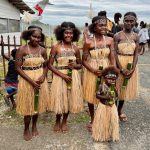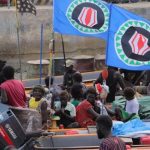What are the independence movements in Indonesia that have, or do still exist? Indonesia is often celebrated as a success story of post-colonial unity and diversity, but beneath its national identity lie numerous independence movements that have challenged the authority of the central government. From West Papua in the far east to the Moluccas in the archipelago’s heart, and Banda Aceh in the west, the country’s history is marked by the ongoing struggles of regions seeking autonomy or outright independence.
Some, like Timor-Leste, managed to break away, while others continue to fight for recognition. This article looks at the main and lesser-known independence movements in Indonesia, highlighting their histories, motivations, and current status.

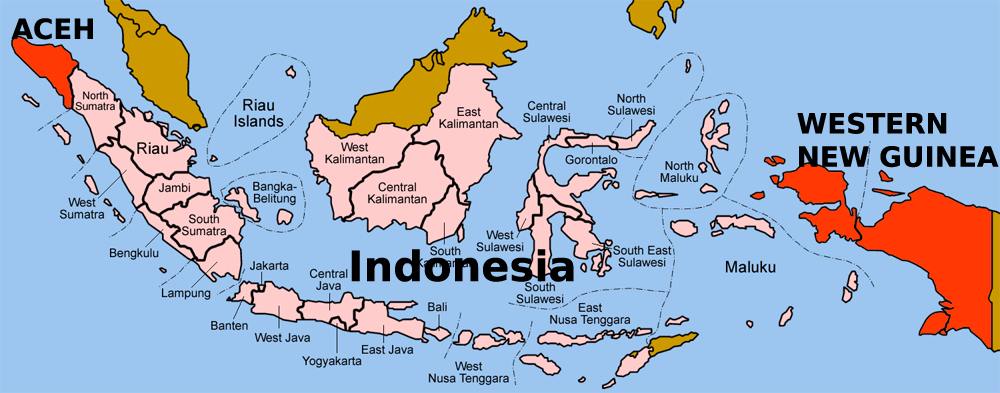
West Papua: The Longest Running Independence Movement In Indonesia
West Papua is arguably Indonesia’s most well-known independence movement. The territory was annexed by Indonesia in the 1960s after the Dutch withdrew from their former colony. The handover was confirmed through the controversial Act of Free Choice in 1969, which many international observers condemned as a sham. Since then, indigenous Papuans have resisted what they see as Indonesian occupation, fighting for self-determination amid harsh military repression.
The Free Papua Movement (Organisasi Papua Merdeka or OPM) has been the primary rebel group, engaging in guerrilla warfare and sporadic violence over decades. Although the region is rich in natural resources such as gold and copper, much of the wealth benefits Jakarta and foreign corporations, fueling resentment among locals. The international community has largely ignored the situation due to Indonesia’s strategic importance and geopolitical alliances. For travelers interested in understanding this complex history, the Young Pioneer Tours West Papua trips provide rare insights into the region beyond the headlines.
Moluccas: A Struggle for Identity and Autonomy
The Moluccas, also known as the Spice Islands, have long suffered from underdevelopment and neglect by Jakarta. The Republic of South Maluku declared independence in 1950 shortly after Indonesia’s own independence, but was swiftly crushed by the Indonesian military.
Despite decades of repression, activists, many in exile in the Netherlands, continue to campaign for their cause. The religious and ethnic violence that plagued the islands in the late 1990s only deepened local grievances and calls for autonomy. The history of the Moluccas independence movement remains a significant chapter in Indonesia’s post-colonial landscape.
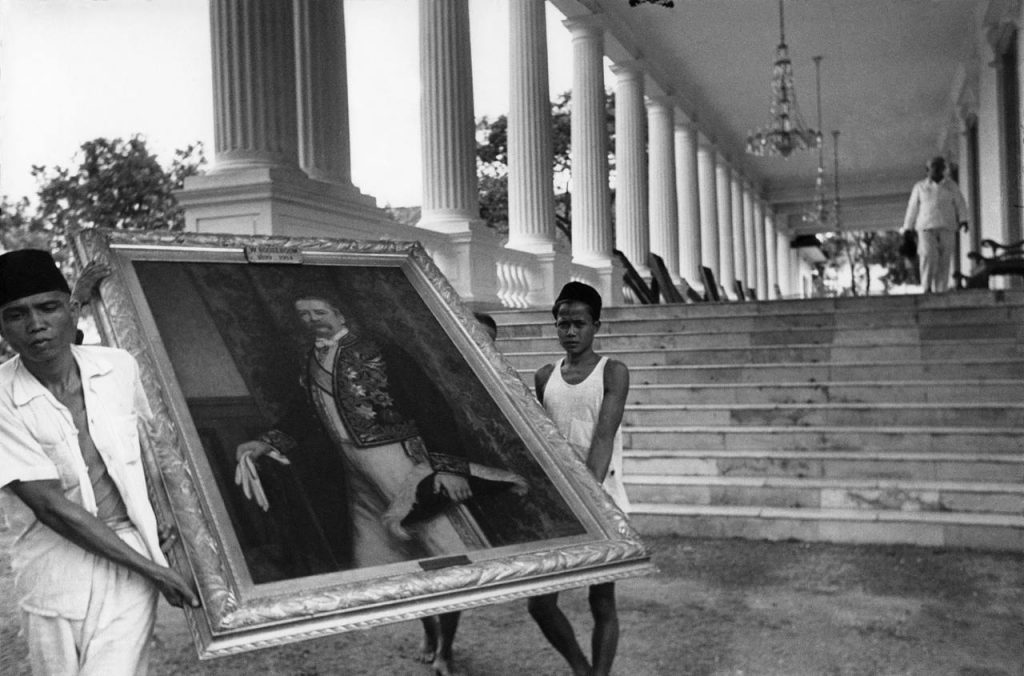
Banda Aceh and the Free Aceh Movement – Independence Movement In Indonesia
Aceh, at the northern tip of Sumatra, is another prominent example of an independence movement. The Free Aceh Movement emerged in the 1970s driven by grievances over resource control and human rights abuses. The conflict was punctuated by violent crackdowns, but it ended with the 2005 Helsinki Memorandum of Understanding, which granted Aceh special autonomy.
This agreement allowed for local governance and the disarmament of former fighters. Aceh remains an autonomous province with a unique legal status including Islamic law. The Aceh peace process is often cited as a successful model for conflict resolution in Indonesia.
Timor-Leste: The Only Successful Independence Movement In Indonesia
Timor-Leste is the only Independence Movement In Indonesia that resulted in a new country. After Portuguese rule, East Timor was invaded by Indonesia in 1975 leading to a brutal occupation. International pressure and the resilience of groups like Fretilin eventually led to a UN-sponsored referendum in 1999. The vote overwhelmingly supported independence and Timor-Leste became sovereign in 2002.
Its success has inspired other movements, though its unique international support sets it apart. The history of Timor-Leste’s independence is essential for understanding the dynamics of regional independence struggles.
Click to read my interview with Jose Ramos-Horta.
Lesser-Known Movements Across the Archipelago
Beyond these well-known struggles, Indonesia hosts several smaller movements. Indigenous Dayak communities in Kalimantan have occasionally pressed for greater recognition and autonomy related to land rights and culture.
In Central Sulawesi, local conflicts like those around Tentena reflect ethnic tensions and demands for self-governance. Within West Papua, distinct tribal factions focus on preserving cultural identity and local governance adding layers to the broader conflict.
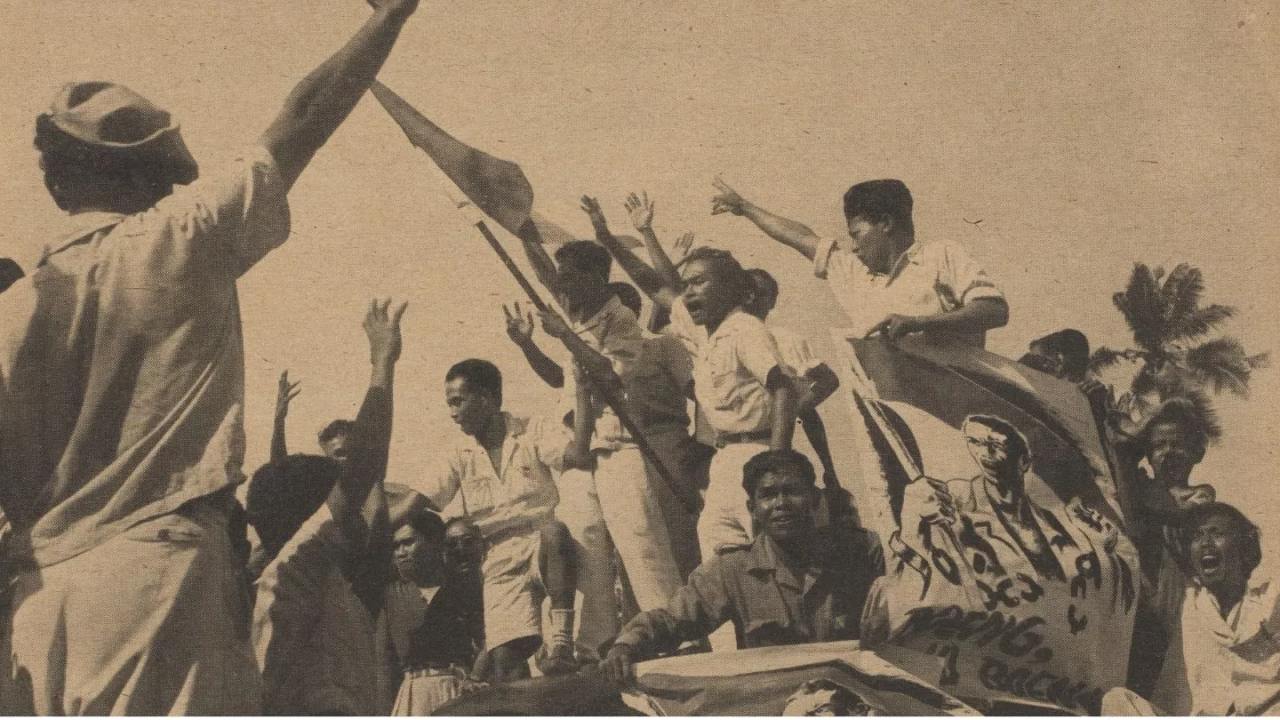
The Indonesian Government’s Response
The Indonesian government has relied on military force, political co-optation, and economic incentives to manage these movements. National unity and territorial integrity are paramount. Indonesia’s role in ASEAN and global geopolitics means external support for separatism is limited. This contributes to many independence struggles remaining unresolved and underreported internationally.
Indonesia’s independence movements reveal the country’s ongoing struggle to balance diversity with national cohesion. While Timor-Leste stands out as a rare success, regions like West Papua and Aceh demonstrate the enduring desire for autonomy or independence.
Click to check out our Indonesia Tours.



